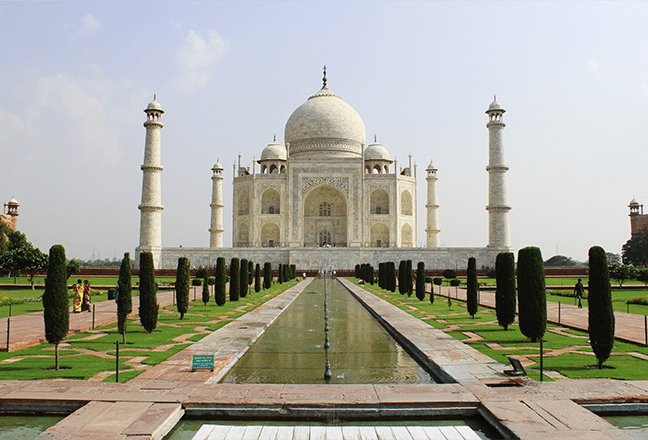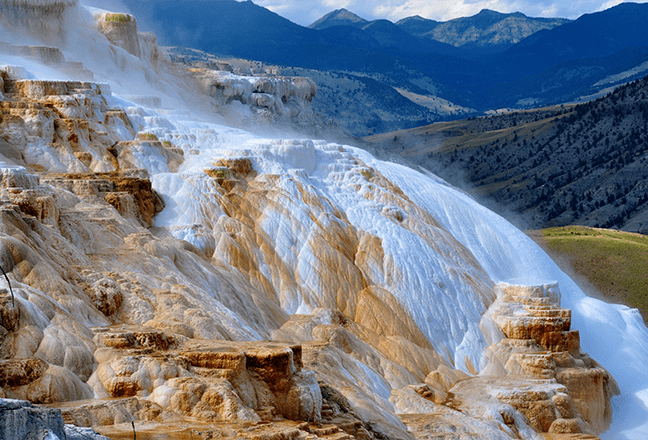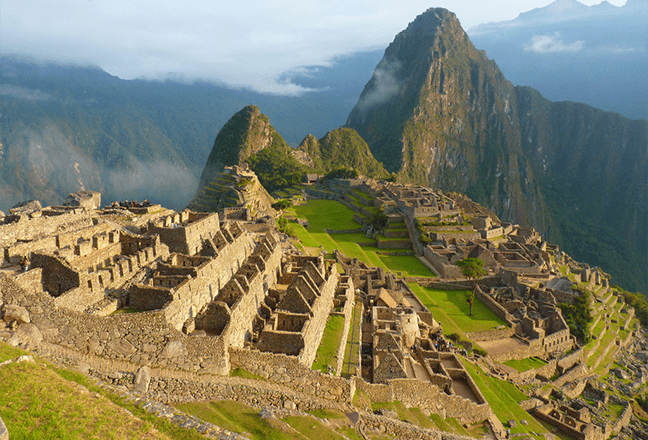World Heritage sites are irreplaceable treasures created by the formation of the earth and history of mankind, passed down from the past to the present, and to be passed on to our future generations. UNESCO adopted the Convention Concerning the Protection of the World Cultural and Natural Heritage (commonly known as the World Heritage Convention) at the 17th UNESCO General Assembly in 1972 as an international treaty to establish an international cooperative framework for the protection and conservation of the World Heritage as the "common heritage of mankind."
(*Taken from the UNESCO website)
As of August 2024, there are 1,223 World Heritage Sites (952 Cultural Heritage Sites, 231 Natural Heritage Sites, and 40 Mixed Heritage Sites), with 196 State Parties to the World Heritage Convention.
Types of World Heritage Sites
There are three types of World Heritage Sites.
-
 ▲ Taj Mahal (India)Cultural Heritage Sites
▲ Taj Mahal (India)Cultural Heritage SitesMonuments, buildings, ruins, cultural landscapes, etc., with Outstanding Universal Value
Examples: The Great Wall of China, the Cologne Cathedral in Germany, etc.
-
 ▲ Yellowstone National Park (USA)Natural Heritage Sites
▲ Yellowstone National Park (USA)Natural Heritage SitesLandforms and geology, ecosystems, and habitats of endangered animals and plants, etc., with Outstanding Universal Value
Examples: Kilimanjaro National Park in Tanzania, the Great Barrier Reef in Australia, etc.
-
 ▲ Machu Picchu (Peru)Mixed Heritage Sites
▲ Machu Picchu (Peru)Mixed Heritage SitesSites combining the values of both cultural and natural heritage
Examples: Meteora in Greece, Tikal National Park in Guatemala, etc.










